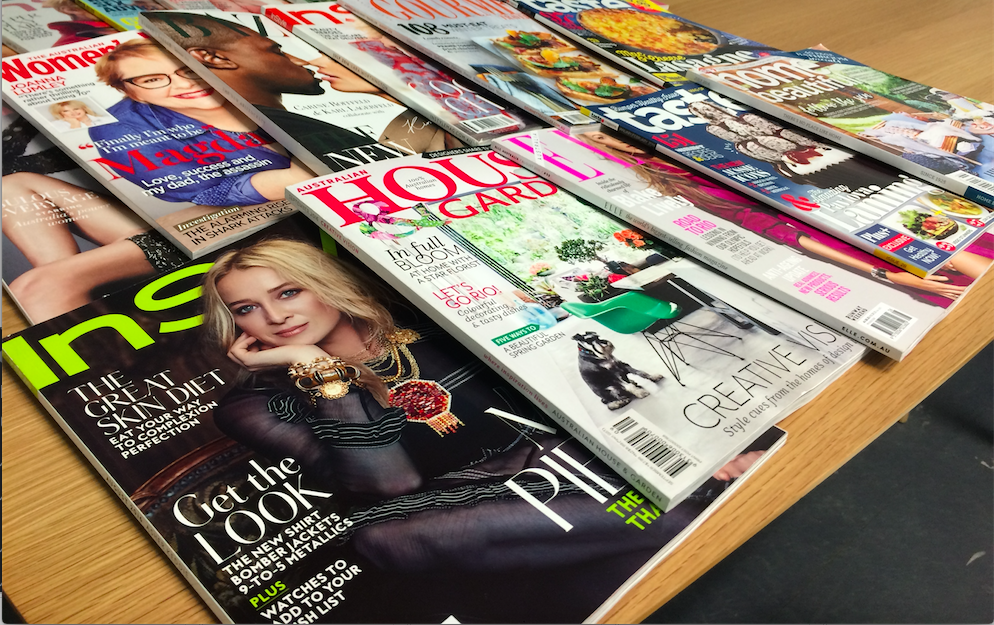Magazines suffer 42.5% decline in ad bookings, with newspapers not far behind
Print media kicked off 2018 with a dramatic decline in ad spend from media agencies, new Standard Media Index (SMI) figures reveal.
Print magazines were the worst hit, with bookings falling 42.5%. Magazines’ digital properties also suffered a 40.5% decline, compared to January 2017. Newspapers didn’t fare much better, falling 36.4% in print and 27.6% in digital.
Digital bookings exclude programmatic ads and data for late bookings is not yet available, with SMI AU/NZ managing director Jane Ratcliffe (nee Schulze) telling Mumbrella there has been an unusually high level of late bookings due to so many agency employees taking time off in January.



even allowing for a slow start to the year in Agency land (isn’t it always?), that’s a staggering drop in YoY bookings for both Mags and Newspapers. As the story says, these numbers don’t include progromatic (or publisher-brand direct sales?). Anyone know what % of publisher revenue this constitutes?